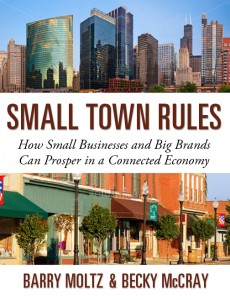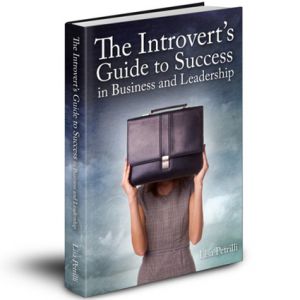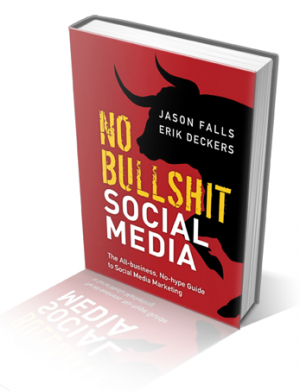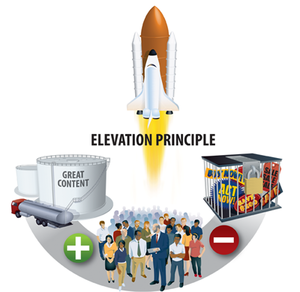My reading secrets
June 11, 2012
 Many of you write to ask how in the heck can I read as much as I do. I am admittedly a voracious reader — consuming two or three books a week.
Many of you write to ask how in the heck can I read as much as I do. I am admittedly a voracious reader — consuming two or three books a week.
I’m now going to reveal my reading secrets.
I know it matters: I’ve always believed that people who read were more successful. It didn’t matter how they ingesting the information (audio, electronic book, old fashioned book, etc.) In fact, Forbes recently asked if you read fast enough to be successful. So from the time I was a kid, being the Type A that I am… I wanted to be successful, so I read.
I always have 2-4 books going at once: I am not a linear reader (except for a couple fictional authors that I have to read cover to cover on the day the book is released) so I have a few books going at once. I might have a couple books on my iPad‘s Kindle, an actual book or two laying around and an audio book in my CD player. So, I can allow my mood to dictate what I read.
I mix up the genres: I have a pretty wide range of reading interests. I read lots of business/marketing books, mysteries, books about Disney/Walt Disney, baseball books, biographies and Harry Potters (Yes, I re-read them). That way, it keeps reading fresh and fun.
I love www.ReadItForMe.com*: This service is amazing. They take a book and offer me the following:
- An overview of the book (a few paragraphs)
- The have a video summary (about 15 minutes) of the book
- A PDF overview (usually 25-35 pages) of the book
- A workbook that allows me to apply the book’s content (5 or so pages)
Their library is pretty robust, mostly business titles like Ann Handley and CC Chapman‘s Content Rules, but they have some biographies like Steve Jobs and a handful of other titles. They add titles every week.
The pro account runs $29.99/month. If you want to give the pro account a try at a discount, use the coupon code DREW to get 50% off your first month. Right now, they’ll let you try the account for free for 7 days. Even if you only use it for a week, you’ll be glad you tried it.
Plane time is reading time: I fly a lot and I don’t work on planes. I read. It’s much more relaxing and let’s face it, air travel is stressful enough. So why not marry it with a treat? Living in Des Moines means I have at least two legs to get just about anywhere. So I’m flying for 2-5 hours. In that time, because I’m a fast reader, I can knock off two books on average.
There you have it…my reading secrets. But the real secret — I love to read. I love the adventures, the new stuff I learn, the fresh ideas and the incredible art that some people create with words.
*Affiliate link
Photo courtesy of BigStockPhoto.com
More

 Turns out, quite a bit.
Turns out, quite a bit.














